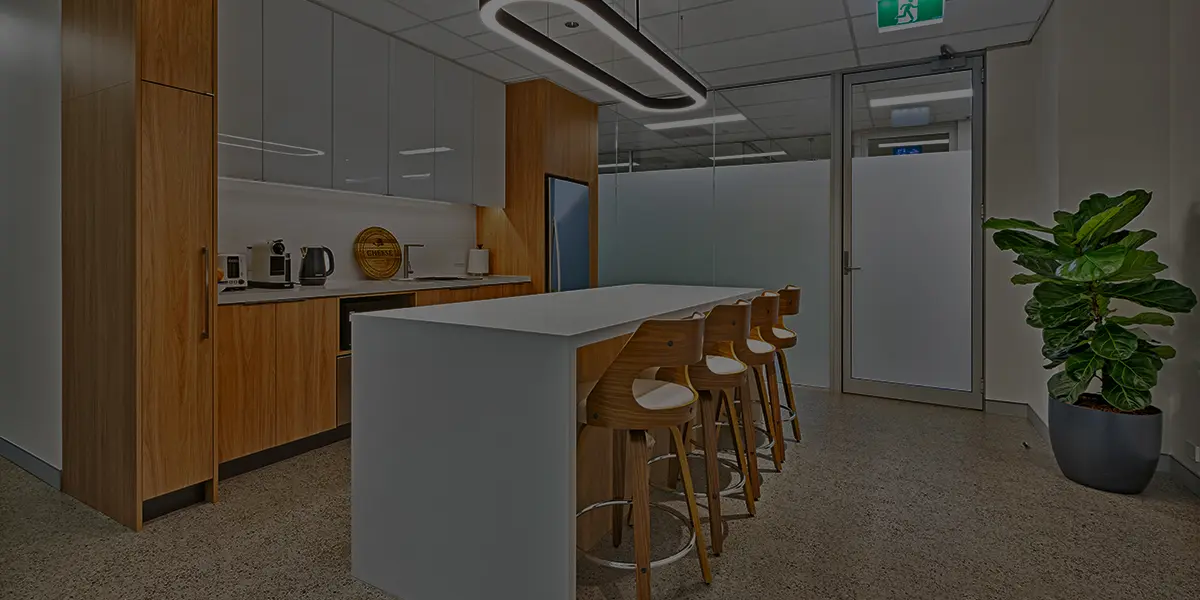The impetus behind current fit-out investment is primarily strategic, focusing on attracting talent, boosting productivity, and demonstrating corporate responsibility.
The Rise of Hybrid Work Models
The fundamental driver of change is the widespread adoption of hybrid and flexible work models. As employees split time between home and the office, companies are rethinking the traditional function of the physical workspace. Fit-outs are focusing less on fixed desk capacity and more on creating dynamic environments that specifically foster collaboration, communication, and innovation during in-office time. This trend demands adaptable layouts that can be easily reconfigured.
Increased Focus on Sustainability
Sustainability is a critical business driver. Companies are actively prioritising Green Building Certifications such as Green Star and NABERS ratings to reduce their environmental footprint and long-term operational costs. This has led to a surge in demand for fit-outs that incorporate energy-efficient systems, sustainable and recycled materials, and advanced waste reduction strategies.
Technological Advancements and Smart Solutions
The market is continually accelerated by the integration of smart office solutions. Fit-outs now frequently incorporate:
- IoT (Internet of Things)for monitoring space utilisation.
- Automated Systems for lighting and temperature control to optimise energy consumption.
- Advanced Audio-Visual (AV)and collaboration tools to support seamless hybrid meetings.
Employee Well-being and Ergonomics
Employee physical and mental health is a top priority, directly influencing design choices. Businesses are investing in wellness-inspired designs, which include ergonomic furniture, optimal natural and artificial lighting, biophilic elements (like indoor plants and natural materials), and spaces dedicated to relaxation or focused quiet work.



